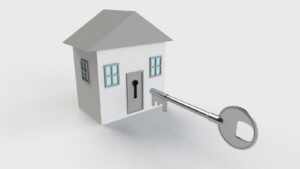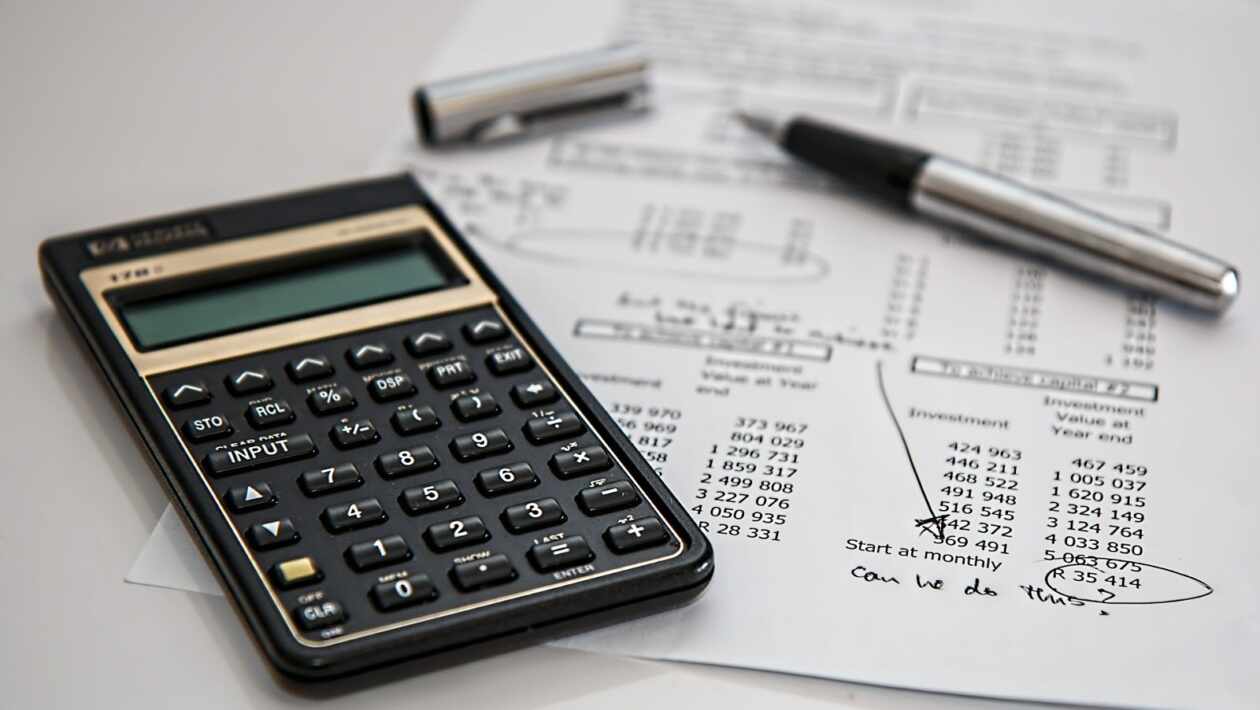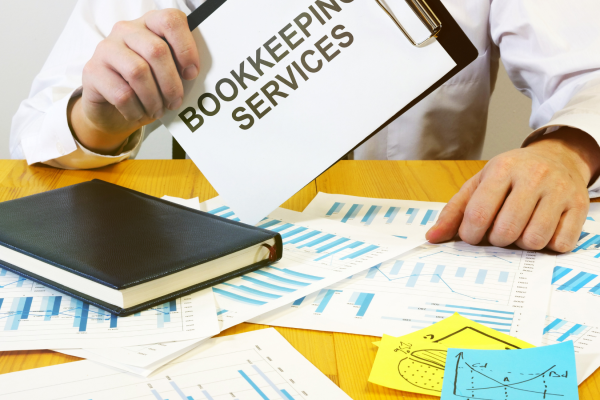Being an entrepreneur who invests in rental properties can be extremely rewarding. However, to succeed and profit from rental real estate, you need to understand specific issues and factors bordering rental property investments. Here is an Overview of the Cap Rate Calculator for a Rental Property.
As a real estate investor, one of those terms you need to master is the cap or capitalization rate. In simple terms, the cap rate is the estimated rate of returns (ROR) on any real estate investment.
Therefore, it is essential to learn how to calculate the cap rate before investing because it presents an estimation that shows if an investment is profitable or not.
This article provides an overview of the cap rate calculator for rental property, including its advantages, limitations, and how to determine the cap rate.
Table of Contents
What Is a Capitalization Rate?
As we mentioned above, a cap rate is a percentage employed to ascertain a real estate investment’s lucrativeness. It means that investors can use the cap rate to determine how much a property can make within a given period and to appraise similar properties in the same district. Besides, they use it to calculate the return on investment for rental real estate.
What Is a Cap Rate Calculator in Real Estate?
Real estate investors use a cap rate calculator to estimate the return on investment, vis-a-vis its comparative value to determine if it’s potential as a good investment. So it is a useful means of identifying how much money an asset can make compared with comparable properties in the area.
So the cap rate is a division of the net operating income (NOI) and the market (asset) value of a property. However, the cap rate calculator engages several factors regarding a specific estate within a computational model and arrives at a percentage that identifies the profitability, which anyone can use to evaluate other similar properties.
Some of the elements include taxes, earnings gained from the property, and costs of owning and maintaining it.
To calculate the cap rate for real estate, find NOI (add all revenue sources for the year), and subtract the expense amount. Then divide it by the property value.
The example below shows how to calculate cap rates for real estate.
A wealthy investor wants to buy a rental property for $100,000, which presently has five units and will possibly earn $500 in rent from every tenant each month. The current owner pays $3,000/year in inspection fees, $2,000 maintenance and cleaning fees, and a $5,000 property manager’s salary. Calculate the capitalization rate.
- Property Value: $100,000
- Total Revenue: Five units x $500/month in rent = $30,000/year
- Total Expenses:
- Property manager salary – $5,000
- Cleaning and maintenance – $2,000
- Inspection and broker fees – $3,000
Cap Rate -(NOI) divided by the market (asset) value of a property.
- NOI= $30,000 (revenue) – $10,000 (expenses) = $20,000.
- Cap rate of the property= $20,000 (NOI)/$100,000 (property value) = .2, or 20% cap rate.
What Is a Reasonable Cap Rate?
Generally, investors consider a cap rate of 10% or more as useful. Besides, a result close to 7% or 8% is also favorable depending on the property market. However, the best cap rate doesn’t exist; it depends on the amount of risk you are willing to take as an investor and how the specific property measures against others in that region.

How to Use Cap Rate for Rental Property Investment
Since the cap rate considers the value of different properties, you can use it to determine any potential success of rental property investment. Also, if you have several rental assets, the cap rate can identify anyone that doesn’t perform well. Besides, if you know the average cap rate for a specific neighborhood, you can use it to determine if it’s a high or low cap rate area.
To succeed in rental property investments, look for areas with rapidly rising rental rates with slowly growing expenses (cap rate will increase yearly together with property worth). However, older buildings will cost more to maintain, but they will have long-term value if they are in excellent condition.
Valuing a Property with The Capitalization Rate Rental Calculator
Since we get the cap rate by dividing the net operating income by its market value, we can infer that if an asset has a high cap rate, it has good market value and substantial income.
So a property with a net operating income (NOI) of $50,000 and a market value of $500,000 has a Cap Rate of 10%.
Capitalization Rate = Net Operating Income/Value
Capitalization Rate = $50,000/$500,000
Capitalization Rate = 10%
- We can also derive the market value from the cap rate. For instance, calculate the value of a rental property with a cap rate of 8.0% and a net operating income of $15,000?
- Value = Net Operating Income / Capitalization Rate
- Value = $15,000 / 8.0%
- Value = $187,500
From the example above, we can infer that using the cap rate calculator provides comparative benefits to other valuation methods. It is beneficial because of its ability to supply property value based on defined financial characteristics, unlike other valuation methods that factor in a building’s physical features/amenities or how many other buildings around it were sold recently.
Advantages and Limitations of the Cap Rate Calculator for Rental Property
- The cap rate may not give you all the data you need to make a choice, but it will identify the rate of return.
- It is also location-dependent. For instance, a high cap rate in one region may not be the same characteristics as a high cap rate in another area.
- Using cap rate works best when you juxtapose its result with other possible investments. Doing this will provide their significant value and pinpoint those with the best benefits.
- It is useful for calculating return on investments for rental properties. Still, it may not benefit other types of investments because it works with long term investments and not short term/ properties you intend to sell soon after purchase.
- Always use other forms of profitability valuation methods, together with the cap rate technique. Don’t use only one metric to make investment decisions.
- The cap rate does not make use of mortgage payments because it doesn’t affect property value.





